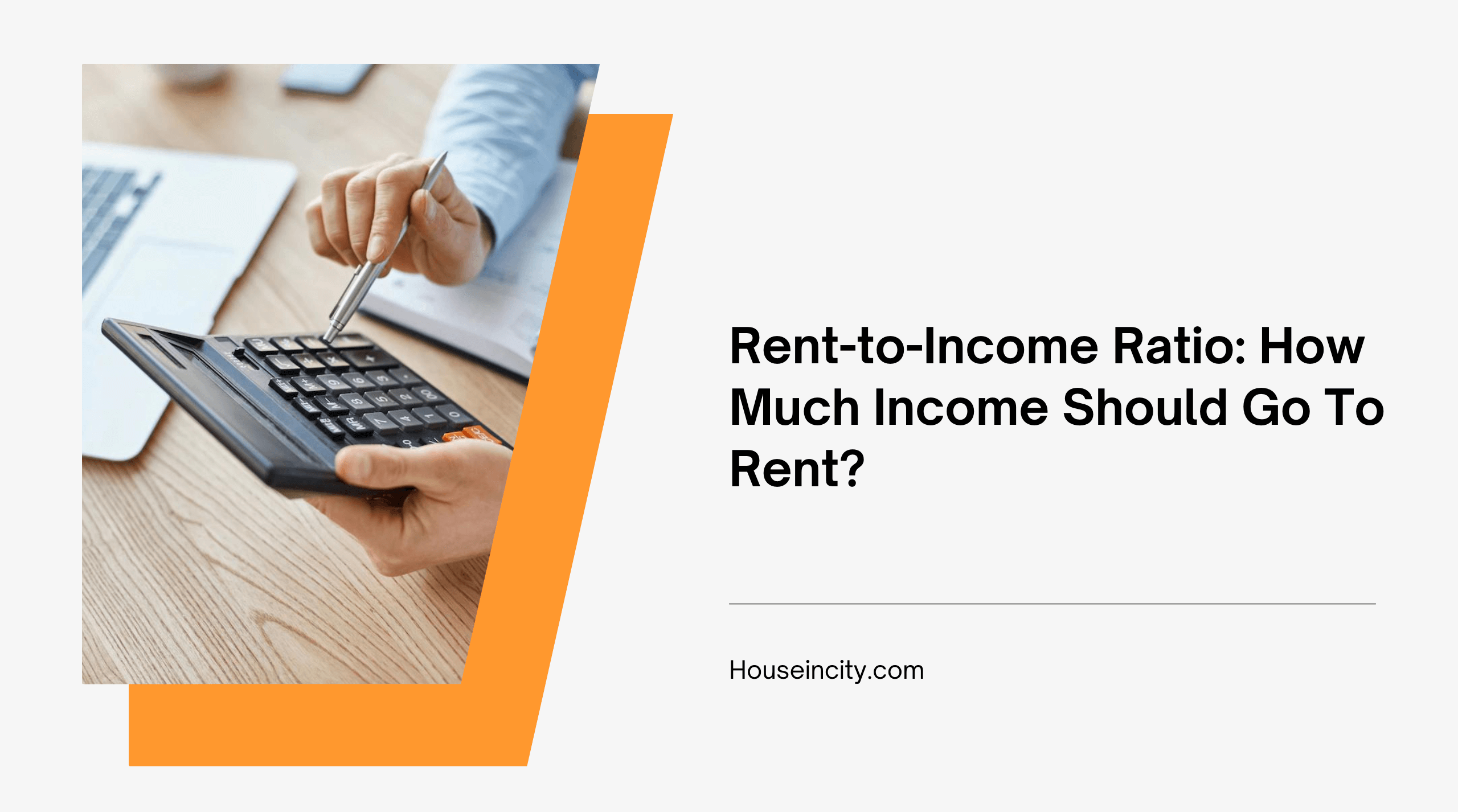Are you planning to rent an apartment or a house? If so, it’s essential to determine how much you should spend on rent to make your budget manageable. The rent-to-income ratio is a guideline that can help determine how much you should pay.
How Does The Rent-to-Income Ratio Work?
A rent-to-income ratio is a formula that determines the monthly or annual gross income an individual must earn to afford rent every month. In simple terms, the ratio indicates how much a person’s income should be spent on rent.
30% is widely recognized as the standard maximum rent-to-income ratio. Most landlords require this as the maximum percentage – the higher the percentage ratio, the more chances a tenant could not afford to pay the rent long term.
There are two ways to calculate the ratio equation. The first calculation provides a percentage based on the rent amount and gross monthly income. The second calculation allows you to customize the ratio and come up with target amounts for both the gross monthly and annual income.
Rent-to-Income Ratio Calculators
Calculating the gross income against a predetermined percentage. Use the industry’s standard 30 % to calculate how much the renter can manage to pay in rent every month. The math should look like this:
(Gross Monthly Income x 30/100) = Maximum rent to income ratio/monthly rental income
Use a ratio multiplier. In this example, the standard multiplier is 3. This means the tenant should make at least three times the rent to cover all rental expenses.
(Monthly rent x 3) = Minimum monthly rental income
For example, if the rent costs $1,000 per month, the renter must earn a minimum of $3,000 monthly.
Rent-to-Income Ratio by City
Rent to income ratio by city can vary greatly depending on whether you stay in a city with lower or higher living costs. Some cities like Austin can have a ratio as low as 28%, while other places like Los Angeles, CA, have a higher ratio of 45%.
While these rent to income ratios by city may be considered standard, they don’t always work in all markets. In reality, many renters typically spend more than 30 percent of their income on rent.
Why is the Rent-to-Income Ratio Important?
A rent-to-income ratio is an essential tool that is used to screen prospective tenants. It helps landlords avoid renting places to tenants with insufficient income and allows tenants to focus on rental properties they can afford.
In other words, the ratio is similar to the loan-to-value ratio (LTV) that a lender uses when a borrower applies for a mortgage.
If the LTV ratio is high, then the lender knows that the risks involved are also high, and the borrower may have trouble paying their monthly mortgage fees. Similarly, if the maximum rent-to-income ratio is very high, a tenant may not be able to pay the monthly rent fully and on time.
Apart from the rent, tenants have other expenses to cater to, such as grocery bills, utilities, car payments, loans, and medical insurance. When the rent takes up too much of their income, paying for the other expenses may be challenging.
Pros and Cons of this Ratio
The most significant benefit of this metric is that it’s easy to calculate for both the tenants and the landlord. If the tenants know that they don’t have sufficient income to qualify for the rental, they won’t waste money and time on applications.
On the other hand, the ratio only measures the tenant’s ability to afford the rent but not their willingness to pay. Sometimes, renters may choose not to pay their rent for personal reasons, which generally inconveniences the landlord.
Other times, tenants with lower income levels tend to be more cautious about paying rent than higher-wage earners. Lower-income earners may believe they have no other place to go, so they do their best to ensure that the rent is paid on time and take great care of the house they live in.
Also, the rent-to-income ratio doesn’t take into account that a prospective tenant may have many sources of income that aren’t reflected in their income tally.
The Bottom Line
Moving out of your old place to start your own life can be pretty exciting. However, this also comes with a lot of added responsibility. Part of this duty is knowing how to budget when looking for the perfect apartment, condo, or rental house.
The rent-to-income ratio is a valuable solution that can help you identify available rental places within your budget and income level to avoid wasting your time as well as the landlord’s time.

